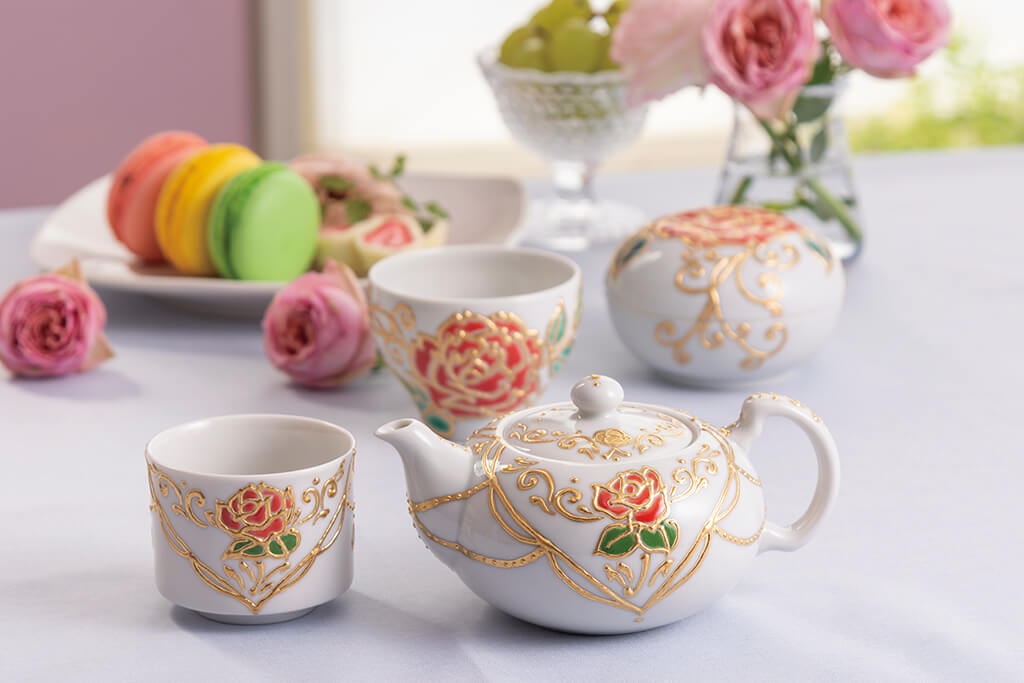Additionally, “When people found out that I was his apprentice, they asked me to paint birds on hanazume, and from there I started painting birds as well,” she said.
She also had a great influence on the way he draws birds.
Satomi has taken over Toshito's baton and now teaches thin-painting at a training center.
“In my classes, I tell students that they cannot express themselves unless they look at things carefully. You have to look at things carefully and input them into your mind, and then output them, in other words, express them on vessels. Repeat the process. Repetitive practice. Practice until you have the expression you envision. Practice never betrays you,” she says.























